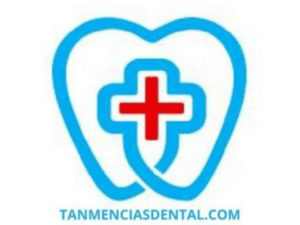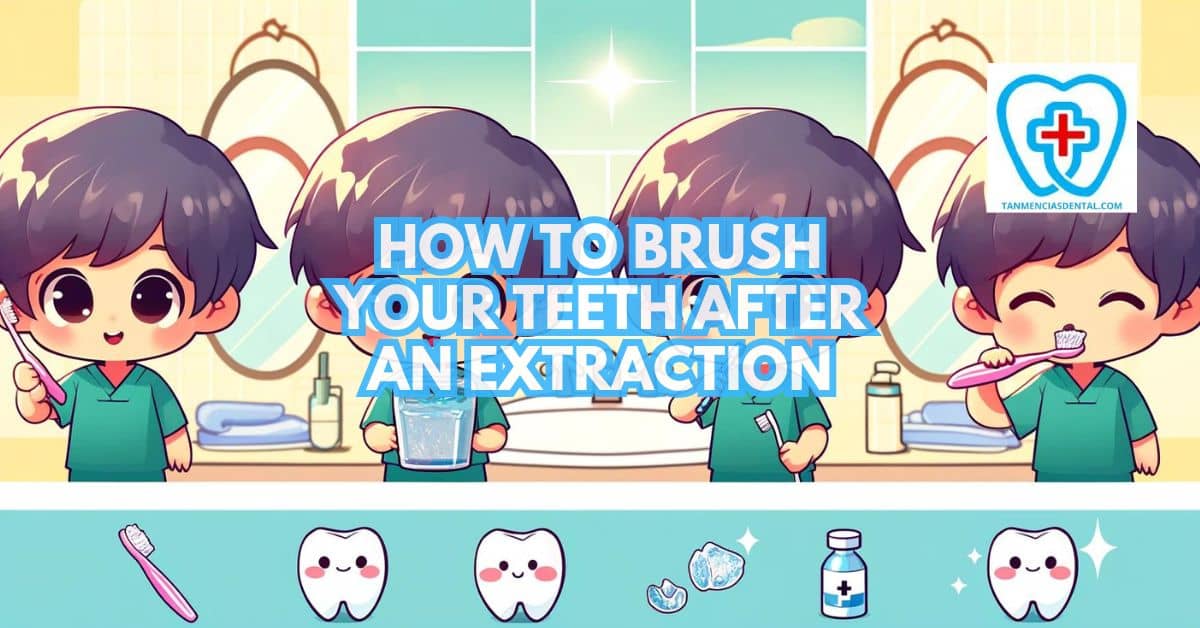Taking care of your mouth after a tooth extraction is important to help it heal and stay clean.
We’ll show you how to brush your teeth after an extraction without causing harm to the healing area.
It includes clear steps on what to do and what to avoid during the recovery process.
You’ll also learn about the right tools and techniques to keep your smile healthy while healing.
Knowing how to care for your mouth during this time can help you avoid pain, infection, or other problems.
1. Hold Your Horses! Brushing After an Extraction Starts with Rest
Rest is essential in the first 24 hours after your extraction.
Avoid any brushing or rinsing during this period to allow the blood clots to form properly.
This initial rest period is crucial for the blood clot to stabilize and prevent a dry socket.
Overworking your mouth too soon can lead to increased bleeding and delayed healing.
Patience during this initial phase is key to a smoother recovery process.
🦷 Why Closing Gaps in Teeth with Braces Is the Optimal Solution
2. Brushing Basics After Day 1: Be Gentle on Your Healing Smile
Once the first day has passed, you can resume brushing with caution.
Use a soft-bristled toothbrush to gently clean your teeth without irritating the extraction site.
Avoid using vigorous or aggressive brushing techniques.
Focus on keeping the rest of your mouth clean while being mindful of the healing area.
This gentle approach will help maintain oral hygiene without compromising the healing process.
🦷 How Dental Bonding Provides a Quick and Cost-Effective Solution for Teeth Gaps
3. Maneuvering Around the Empty Space: Brushing Techniques After Extraction
Focus on brushing the teeth away from the extraction site to prevent irritation.
Use small, gentle circles to clean effectively without disturbing the clot.
Be mindful of the empty space and avoid direct contact with it.
This technique helps ensure you clean your teeth thoroughly while protecting the sensitive area.
Consistent and careful brushing will aid in keeping your mouth clean during the healing phase.
🦷 Do Braces Cause Tooth Mobility? Understanding the Relationship Between Braces and Loose Teeth
4. The Soothing Power of Salt Water Rinses
After 24 hours, start rinsing your mouth with warm salt water to keep the area clean and reduce swelling.
Mix half a teaspoon of salt in a glass of warm water for an effective rinse.
Do this gently to avoid disrupting the healing process, swishing the solution around your mouth without vigorous movements.
Perform salt water rinses 2-3 times a day, especially after meals.
This simple practice aids in preventing infections and promotes faster healing.
🦷 A Comparison of the Cost of Dental Implants and Other Tooth Replacement Alternatives

5. Flossing After Extraction: Proceed with Caution (and a Gentle Touch)
Flossing is still important after a tooth extraction, but it must be done very carefully.
Do not floss around the area where the tooth was removed, as this can disturb the blood clot or irritate the gums.
If the clot is dislodged, it can lead to pain or a condition called dry socket, which slows down healing.
When brushing and flossing the rest of your mouth, move slowly and gently to avoid any sudden pressure.
If your dentist placed gauze over the extraction site, make sure it stays in place while you clean your other teeth.
Keeping the rest of your mouth clean helps prevent bacteria from spreading to the healing area.
This careful routine supports healing while allowing you to maintain good oral hygiene.
🦷 The Benefits of Addressing Gaps in Front Teeth for Increased Confidence and Enhanced Smile
6. To Toothpaste or Not to Toothpaste: What Your Dentist Might Recommend
Your dentist might advise using toothpaste with a mild flavor to avoid irritation in the sensitive area.
Strongly flavored or abrasive toothpastes can cause discomfort and should be avoided.
Opt for toothpaste designed for sensitive teeth, which is usually gentler on the gums and extraction site.
Always follow your dentist’s recommendations for the best results.
This careful selection helps protect the healing area while keeping your teeth clean.
🦷 How Eco-Friendly Toothbrushes Are Transforming Oral Hygiene and Promoting Sustainability
7. Using Special Toothbrushes and Toothpaste While You Heal
After an extraction, it’s best to use a soft-bristled toothbrush that won’t hurt the healing area.
Some people find electric toothbrushes with a “sensitive” setting helpful for cleaning gently.
You can also use special brushes made for people healing from dental work, which are extra soft and small.
Choose toothpaste made for sensitive teeth because strong flavors or gritty types might cause pain.
These simple tools help keep your mouth clean without slowing down your healing.
🦷 The Environmental Benefits of Switching to an Eco-Conscious Electric Toothbrush
8. Swishing and Spitting? Not So Fast After an Extraction
Avoid vigorous swishing or spitting, especially in the first few days after the extraction.
These actions can dislodge the blood clot, leading to complications like a dry socket.
Instead, let liquids flow gently out of your mouth without force.
This method helps prevent any disturbance to the healing site.
Being cautious with your mouth movements ensures a smoother and quicker recovery.
🦷 Foods and Beverages to Avoid for Maintaining Optimal Dental Health
9. Dietary Dos and Don’ts for a Speedy Recovery
Stick to soft foods and avoid hot, spicy, or crunchy items to protect the extraction site.
Foods like yogurt, applesauce, and smoothies are ideal choices that won’t irritate the area.
Avoid using straws, as the suction can dislodge the blood clot.
A balanced diet aids in faster healing by providing the necessary nutrients.
Following these dietary guidelines helps ensure a comfortable recovery period.
🦷 How Technological Advancements Are Enhancing the Experience of Dental Exams and Cleanings
10. When to Worry: Signs and Symptoms After an Extraction
Watch for signs of infection, such as severe pain, swelling, or unusual discharge from the extraction site.
Persistent bad breath or an unpleasant taste in your mouth can also indicate a problem.
If you experience a fever or chills, it’s crucial to contact your dentist immediately.
Early detection and intervention can prevent more serious complications.
Monitoring these symptoms helps ensure any issues are addressed promptly for a smooth recovery.
🦷 How to Select the Most Suitable Orthodontic Clinic in Marikina for Your Treatment Needs
11. The Road to Recovery: Timeline and Follow-Up Care for a Healthy Smile
Healing typically takes about a week, but the exact timeline can vary depending on the individual.
Follow up with your dentist as recommended to ensure the extraction site is healing properly.
Your dentist may schedule a follow-up visit to remove stitches or check on your progress.
Adhering to these appointments helps address any concerns and ensures a healthy recovery.
Understanding the recovery timeline and staying proactive with follow-up care are essential for maintaining a healthy smile.
🦷 Marikina Family Dentistry Experts
👨⚕️ Conclusion
Proper oral care after an extraction is key to healing and maintaining your smile.
Follow these guidelines to ensure a smooth recovery and keep your teeth in top shape.
Your dedication to oral hygiene will pay off with a healthy, shiny smile.
By carefully managing your oral care routine, you can avoid complications and promote faster healing.
Stay patient, follow your dentist’s advice, and enjoy the benefits of a well-maintained smile.
😊 Self-Promotion
Visit Tan-Mencias Dental Clinic in Parang, Marikina City, for exceptional dental care with a friendly touch.
Our team is dedicated to keeping your smile bright and healthy.
For any questions or concerns, feel free to call us at 9171451074, message us on our Facebook page, or use our website’s contact form.
We’re here to help you achieve optimal oral health with ease.
Come experience the warmth and professionalism that our clinic is known for!

